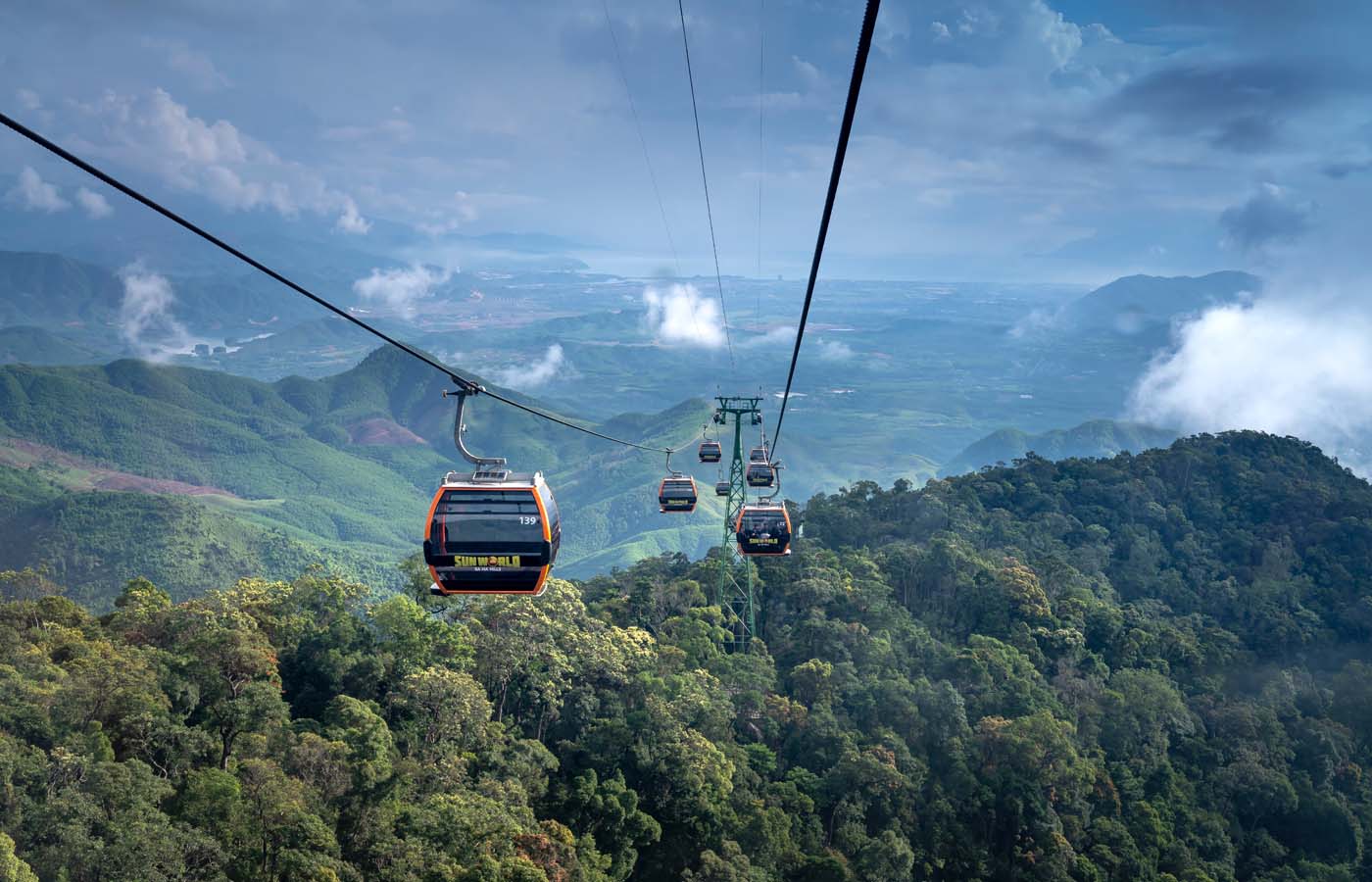In the heart of the far, far, east, the mighty Amur River forms a natural border between a vast Russian frontier and Northeastern China. It’s here that the world’s first ever cross-border cable car, the Blagoveshchensk – Heihe will transport passengers in between two of the world’s biggest superpowers.
The Blagoveshchensk – Heihe Cable Car is being designed by Amsterdam based UNStudio (which stands for United Network Studio) whose architectural mission is to “design [projects] with the future in mind” according to the UNStudio website.
So far, the cable car terminal on the Russian side of the border, in the city of Blagoveshchensk has been designed while we are still waiting for word on what exactly the terminal in the Chinese city of Heihe, will look like.
In a world where were accustomed to thinking that crossing international borders is usually done by air travel or down on the ground by road, the idea of crossing from one country into another by cable car seems like a novelty. According to Ben van Berkel, the founder of UNStudio, “the Blagoveshchensk – Heihe cable car will be the first ever cable car system to join two countries and cultures”.
So how many people will the mechanism be able to move over the Amur river from Russia into China (or vice versa), and how long will it take? The plans call for four cabins with a capacity of 60-persons each to operate on two international lines. The entire journey from one side to the other will take seven and a half minutes, three and a half minutes of which is the actual time it takes a car to travel in between stations – guaranteed to leave you without feelings of jetlag.
Like with all good design, there’s a story and inspiration behind the idea for the Blagoveshchensk – Heihe cable car. These two cities where connected historically in the winter by the frozen Amur river, where people would traditionally cross. “This context provided rich inspiration for the Blagoveshchensk terminal station, which not only responds to its immediate urban location, but also becomes an expression of cultural identity and a podium for the intermingling of cultures,” says Van Berkel.
The Blagoveshchensk – Heihe cable car is certain to be an enjoyable form of public transport, and moreover, as a speedy, reliable, and sustainable option at that. But, it also has a symbolic meaning – as a bond shared between the two countries with the idea of a future of collaboration.
The terminals themselves are interesting and have been designed very much like the layout inside an international airport. There will be a departures and arrivals hall, with a customs check-point, a duty-free shopping space and restaurants. Tourists and visitors will have access to a roof-terrace facing the river as an observation platform to see the river, cross-town cities, or from which to wave goodbye or hello to friends and family.
It seems like a chance to experience international travel in a new way. And, then there’s the fact that cable cars are being proposed more often as a means of transport for public use. So, if you’re a travel buff who prides themselves on being the first to do unusual things out there, then taking a ride on the Blagoveshchensk – Heihe cable car, once it has been finally constructed, is suggested. Just be sure to send us your impressions and some images when you get there.
